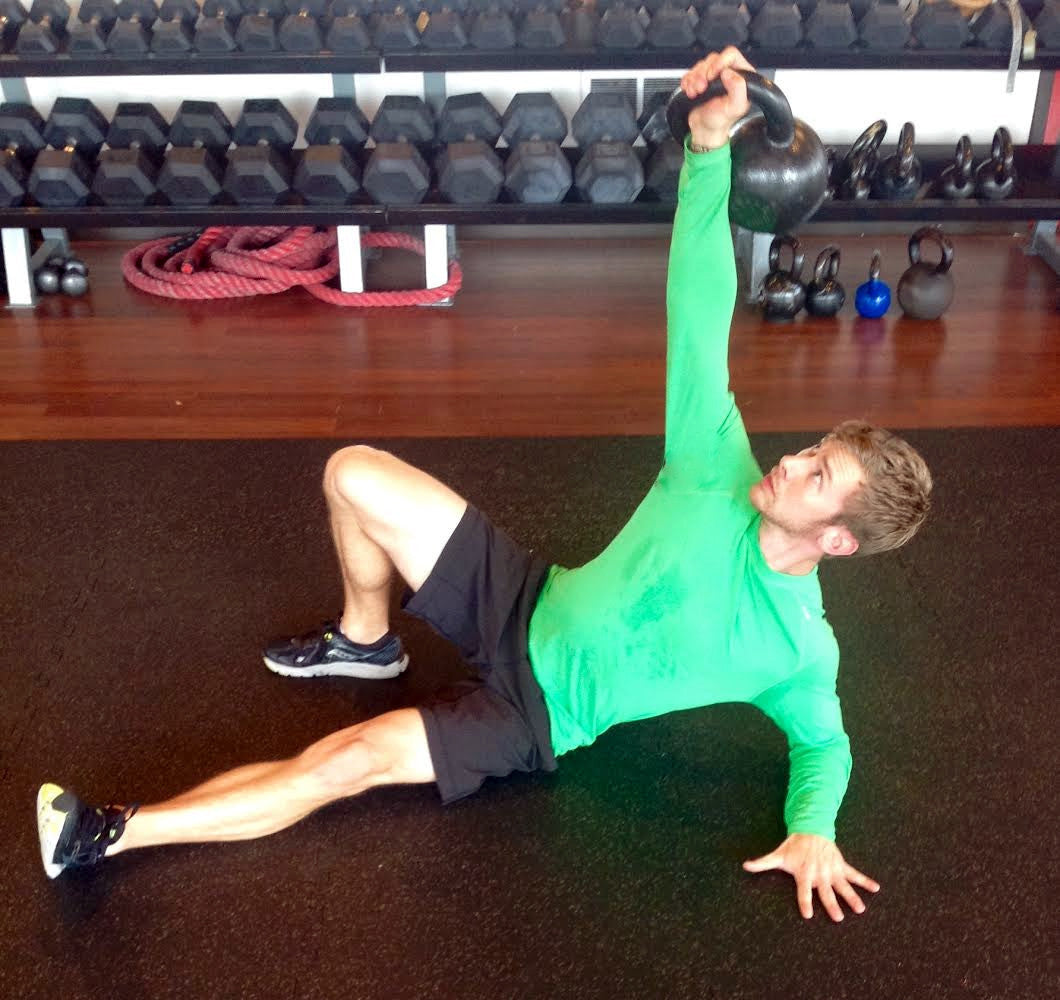TRAINING FOR A LIFETIME OF FUNCTION

Kyle Davis is an experienced personal trainer, yoga teacher and sports massage therapist in the South Lake Union area of Seattle. He specializes in functional fitness for both individuals as well as small groups. With 9 years and over 15,000 hour of training as a fitness professional, 6 years teaching Yoga, and 10 years doing massage for athletes of all ability levels, Kyle developed an approach to fitness centered on lifestyle change for the whole person. Kyle will be visiting us here on the blog monthly to offer training tips. In the last 20 years, we have seen a new model come to the forefront of the exercise empire: Functional Fitness. At it’s core, functional training is simply progressive exercise designed to improve joint mobility and stability by creating more efficient movement patterns. This approach has been adopted by professional sports teams and physical therapists alike due to its ability to decrease the possibility of injury, improve balance and coordination, and athletic performance. Training movements (i.e. the hip hinge, squat, lunge, push, pull and twist) instead of isolated muscle movements have proven to translate far better to improving activities of daily life.
It seems, however, the industry got hung up on the tools for functional fitness rather than the blueprint. Many brands saw this simple concept as a vehicle to make money, and the marketing machines started to take over. Subsequently, a plethora of specialty equipment was spawned to satisfy the voracious appetite the industry developed for this paradigm. TRX, BOSUs, sandbags, and kettlebells received a surge of popularity as they were heralded as the answer to this demand. Tabata workouts, HIIT bootcamps, and Crossfit gyms were among the many programs which sought to usher people into this new era of functionality with varying degrees of success.
In my small group training classes at Adaptive Fitness, I focus on the true meaning of functional fitness. I use an array of workout formats that vary in work and rest ratios, equipment, duration, and intensity, but the basis of all my workouts is education and empowerment. I screen my clients for movement pattern problems, suggest corrective exercises tailored to their needs, prioritize correct form prior to increasing speed, weight or reps, and foster a supportive environment. Treating each individual as a whole rather than a collection of problems to be solved has helped my clients meet their goals safely and consistently. I recommend a combination of sustainable healthy dietary choices and positive habit changes that are integrated into a supportive group of people that celebrate each others’ successes. This is what I’ve found to be the true definition of functional fitness: empowering a person to feel the freedom to participate in the activities they love.


